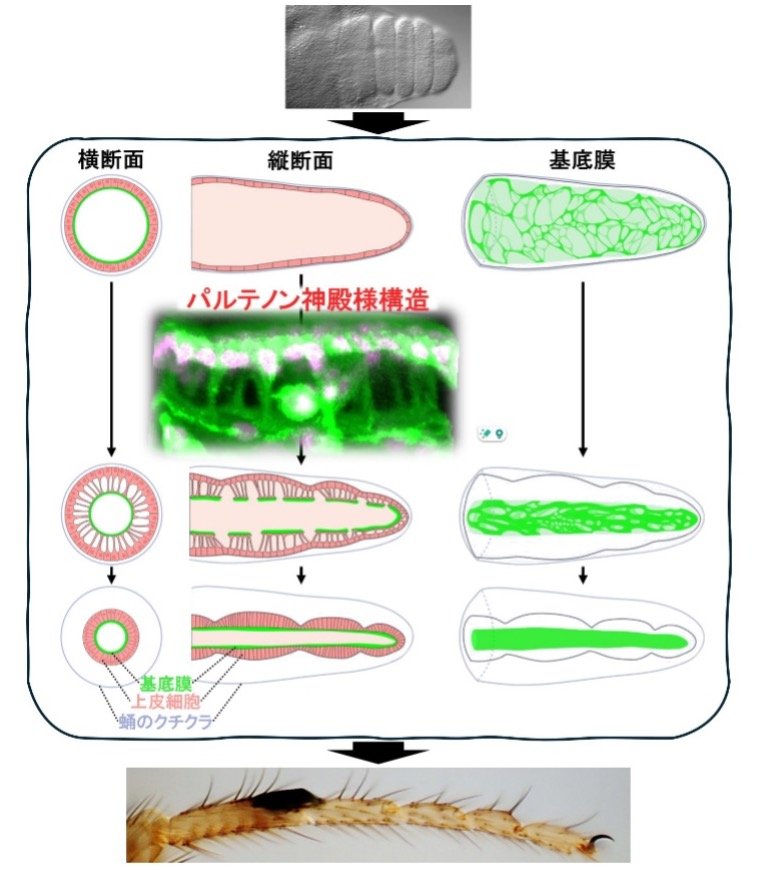2024-07-08 マサチューセッツ大学アマースト校

Illustration of the position of the abscission zone in a rice floret. Xiang Li and Little Yu
<関連情報>
- https://www.umass.edu/news/article/rice-gone-wild-how-humans-have-inadvertently-selected-weedy-rice
- https://academic.oup.com/jxb/advance-article-abstract/doi/10.1093/jxb/erae221/7708316
除雄帯の比較組織学から、雑草イネと栽培イネにおける種子破砕の収束と分岐の程度が明らかになった Comparative histology of abscission zones reveals the extent of convergence and divergence in seed shattering in weedy and cultivated rice
Xiang Li, Daniel Lowey, Jessica Lessard, Ana L Caicedo
Journal of Experimental Botany Published::08 July 2024
DOI:https://doi.org/10.1093/jxb/erae221
Abstract
The modification of seed shattering has been a recurring theme in rice evolution. The wild ancestor of cultivated rice disperses its seeds, but reduced shattering was selected during multiple domestication events to facilitate harvesting. Conversely, selection for increased shattering occurred during the evolution of weedy rice, a weed invading cultivated rice fields that has originated multiple times from domesticated ancestors. Shattering requires formation of a tissue known as the abscission zone (AZ), but how the AZ has been modified throughout rice evolution is unclear. We quantitatively characterized the AZ characteristics of relative length, discontinuity, and intensity in 86 cultivated and weedy rice accessions. We reconstructed AZ evolutionary trajectories and determined the degree of convergence among different cultivated varieties and among independent weedy rice populations. AZ relative length emerged as the best feature to distinguish high and low shattering rice. Cultivated varieties differed in average AZ morphology, revealing lack of convergence in how shattering reduction was achieved during domestication. In contrast, weedy rice populations typically converged on complete AZs, irrespective of origin. By examining AZ population-level morphology, our study reveals its evolutionary plasticity, and suggests that the genetic potential to modify the ecologically and agronomically important trait of shattering is plentiful in rice lineages.


